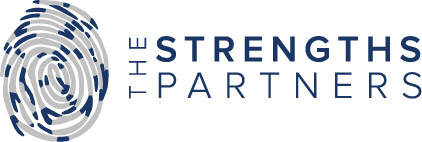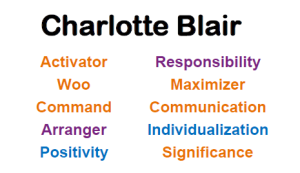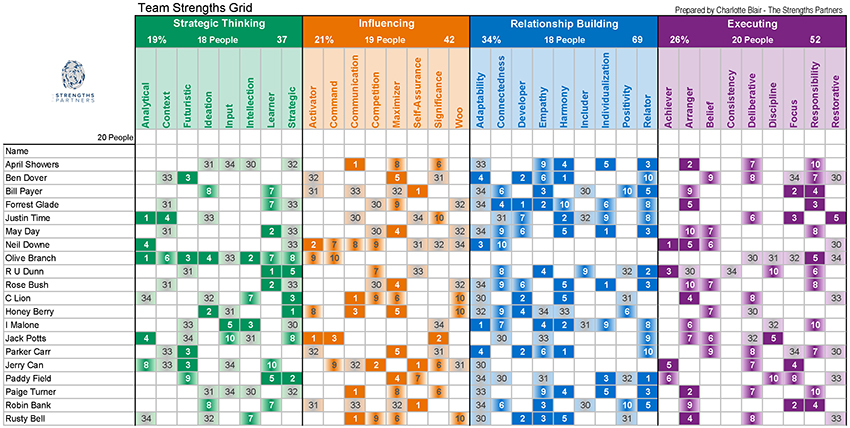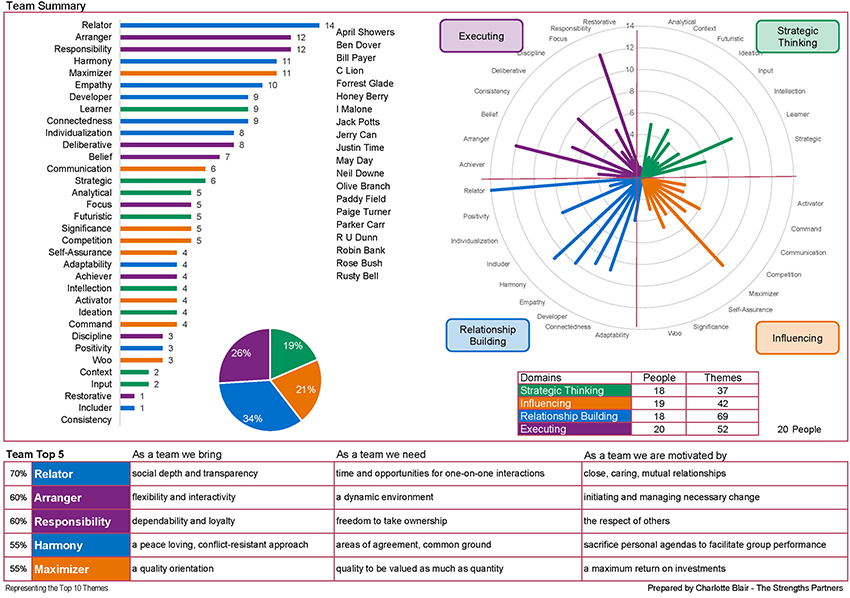I love what I do, working with teams and organisations to help them become strengths-based. So often I will hear a leader say, “Oh I have done a Strengths workshop”. Discovering your Strengths is just the start of the journey and scratching the surface. When I am doing a half day or even full day workshop, we are on the start of the journey.
So, what is the difference between doing strengths and becoming strengths-based?
As coaches we have people discover their talents through the CliftonStrengths Assessment. Then, through Coaching, we help them Name their talents and put their own language to them by looking back at past successes. Then we help them Claim their talents; to think “yes, that’s me!” sometimes, when we see a word like Empathy, we think it means something different. It’s not uncommon for people to have themes of Envy or Shame or just think, “No, that’s not me”, they can’t see how it shows up for them, maybe because they are blinded; others can see it but they can’t or because they have not opportunity to use it. We then help them think about Aiming their talents and turning them into strengths.
A coach helps each individual in the team to better understand and see the unique power and edge in what they do and how they do it.
Then, take this individual uniqueness and apply it to the team. Every person in that team thinks, feels, and behaves differently. The chances of you having the same top 5 talents in the same order and someone else is greater than 1 in 33 million. That’s amazing. Even if two people share the same talent, take the take of Learner as an example, that talent is not going to read anything like the other persons talent due to the other talents around it. Like different ingredients in a dish.
‘Start with Talent Finish with Strength’
CliftonStrengths is a development tool – by taking the assessment, you identify your Talent, and how you naturally think, feel and behave. Talents need investing into become strengths, that may be through adding knowledge and experience to it.
I want to lose 8-10kg of weight; I am not going to do that by just thinking about it. I have to be Intentional about eating less, exercising more or counting my macros (so I am told). Roger Feder was not an undisputed champion for 24 years by luck. He practiced hard intentionally honing his craft. He took his talent and invested in it, and it became a Strength. As humans, we are never done; we are forever learning, growing and investing in our talents so they become strengths.
On average, workgroups that received and continue to receive strengths-based development showed:
- 10% to 19% increased sales
- 14% to 29% increased profit
- 3% to 7% higher customer engagement
- 6% to 16% lower turnover (in low-turnover organizations)
- 26% to 72% lower turnover (in high-turnover organizations)
- 9% to 15% increase in engaged employees
- 22% to 59% fewer safety incidents
Reason enough to use strengths as a developmental tool, like anything, if we don’t use it we forgot or it might wither.
It’s not a once and done.
We are so much more complex than just 5 or even 34 words or themes, and so are the people in our teams. To become a strengths-based leader and organisation takes time and conscious investment. Investment to understand how your team think, feel and behave and it has to start with understanding yourself. How your talents and strengths themes play out for you and how that might differ for people around you. I work every day in the field of strengths, and I still learn something new every day.
To become Strengths-based we recommend these 7 Strategies for Creating a Strengths-Based Culture
In working with hundreds of organizations, Gallup uncovered the characteristics common to companies that accomplished the most with their strengths interventions. These companies achieved results toward the upper end of the ranges mentioned previously in the six outcomes studied. These companies often work toward creating a strengths-based culture using seven strategies:
- Leadership alignment: Putting the elements in place for a strengths-based culture, beginning at the top. Leaders should discover their Leadership Strengths too
- Manager alignment: Developing teams and employees from the perspective of strengths
- Internal communication: Generating awareness of and enthusiasm for strengths
- Strengths community: Making strengths an integral and natural part of the organization’s day-to-day operations
- Performance management: Focusing development and recognition on employees’ strengths
- Coaching: Building a network of strengths experts and advocates
- Brand building: Tying the organization’s strengths-based culture to its larger brand
Organizations that achieve the most with their strength’s interventions have an unrelenting commitment to strengths. They weave it into the company’s fabric, actively pursuing that culture through the seven powerful strategies. Any organization can use this simple approach to improve its culture and boost business performance. (Source Gallup)
As an independent consultant and Gallup Accredited coach, my role is to help organisations realise the business benefits quoted by implementing these strategies. Having a Gallup Accredited Coach to help you become Strengths based is one of the best ways, however there are a lot of things you can do yourself to keep Strengths alive within your organisation and team after you have discovered your Strengths.
Here are my simple to do top 6 tips
1. Put your name tents with your Top 5 or 10 strengths on your desk to remind you what they are and so colleagues can see them too.
2. Add your strengths to your email Signature – some people ask me – but what about emails going external to clients? Well chances are your clients know their strengths too as over 31 Million people worldwide have discovered their strengths and this is growing at a rate of anything from 4000 – 8000 a day. If they haven’t then it’s a great talking point.

3. Start every team meeting with a strengths question like:-
a. Who has seen someone’s strengths in action this week, what did it look like?
b. How have you used a combination of your strengths this week, what did that look like?
c. Who has had one of their strengths go a bit rouge on them this week, what did that look like, how might you combat that for the future? Maybe read this article as a team and discuss When Your CliftonStrengths Attack
d. Who has invested in their strengths this week, what did you do?
4. Have a copy of your teams’ strengths in the excel grid format (given in workshops or from your copy of cascade) with you all the time so you can be reminded of their strengths, the possible blind spots and hot spots and opportunities to have your people do what they do best every day.
5. Make sure you ask your team about their strengths, get to know them, what they bring and what they need and how you might be able to help invest in them.
6. Listen to a Gallup Theme Thursday podcast once a week. Start with your dominant talents and then start to listen to others. This is so easy to do on a plane, on a train, in the car, walking the dog, doing the washing up. My favourite resources I share with clients can be found here.
If you would like to work with me to help implement these strategies and move from doing to being then just get in touch charlotte@thestrengthspartners.com
